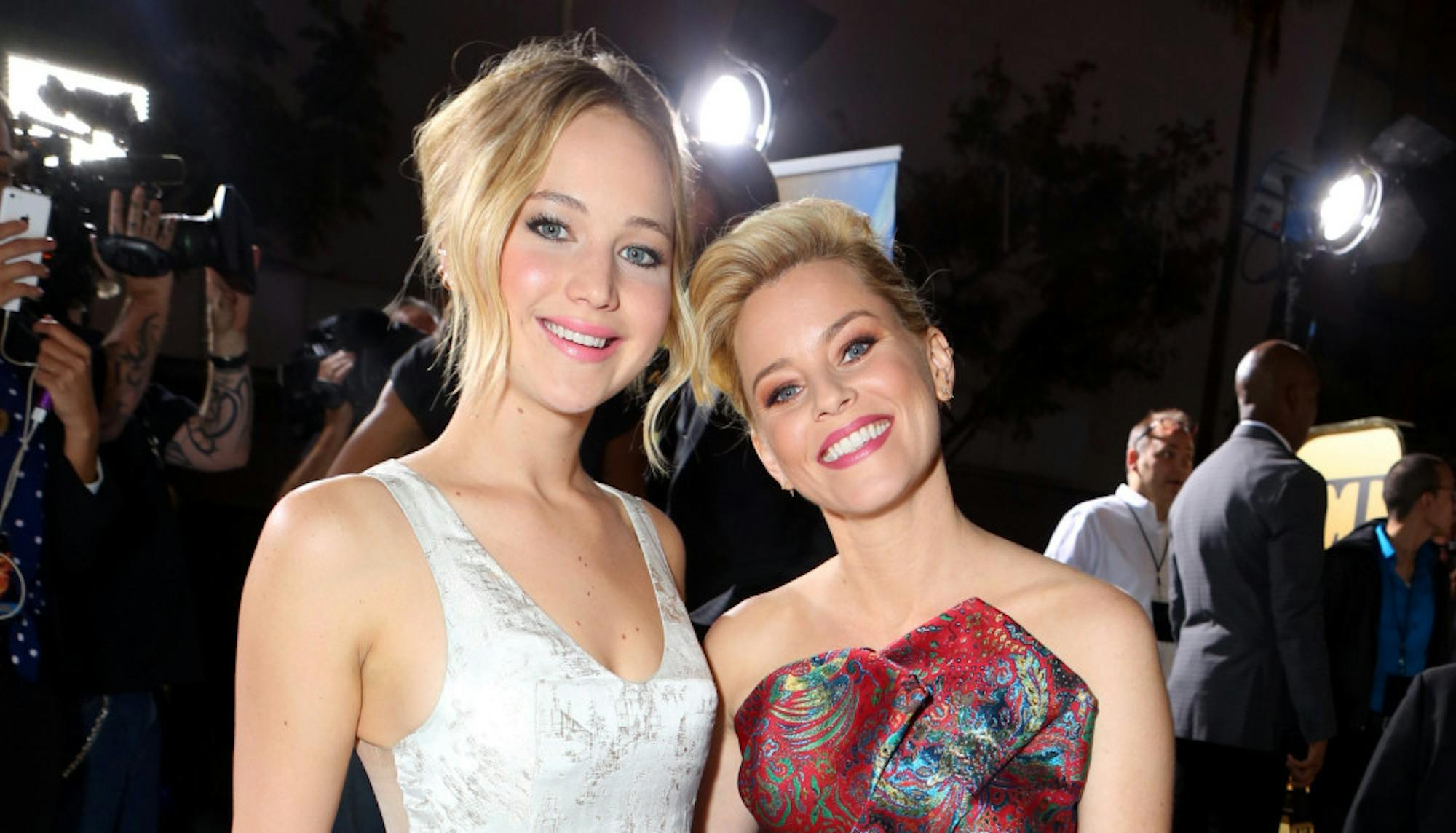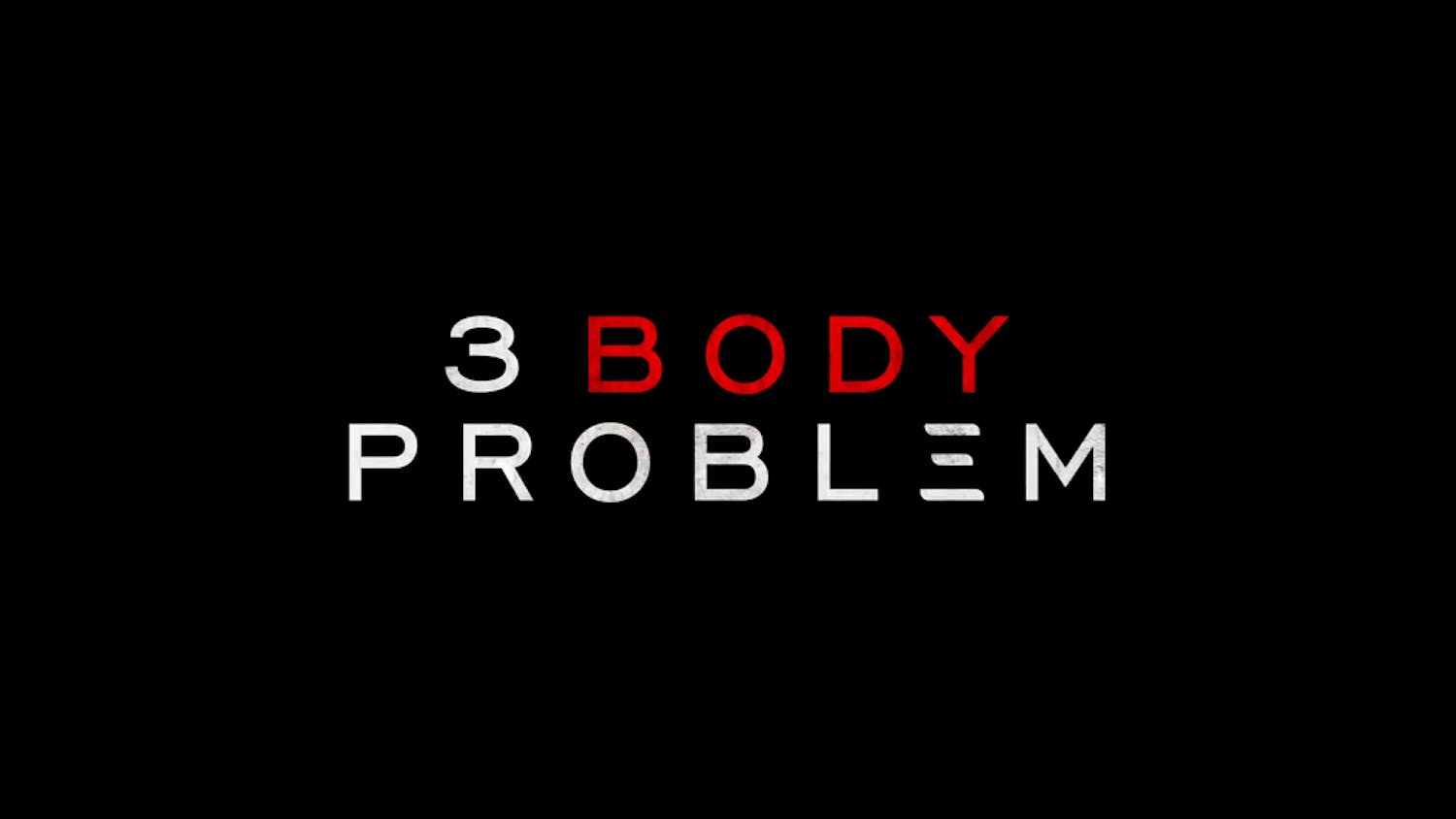The film adaptations of “The Hunger Games” series have followed in the footsteps of the franchises of “Harry Potter” and “Twilight” by splitting the series' final book-to-movie adaptation into two separate films. “The Hunger Games: Mockingjay, Part 1” premiered on Nov. 21, and “Part 2” will be released just under a year from now, on Nov. 20, 2015. “Mockingjay” is the slowest of the books in the series -- the first half is spent building up to the action of the second, focusing on traumatized main character Katniss Everdeen (Jennifer Lawrence) as she attempts to put herself back together after the events in “Catching Fire.”As the books are told entirely from Katniss' perspective,“Mockingjay” is the most narrowly focused book and therefore often considered the most boring.
“Mockingjay” is more successful in many ways than its novel counterpart, precisely because the movie medium allows different perspectives to be shown. Action that Katniss describes secondhand in the book is shown with taut suspense in the film. Director Francis Lawrence, who also directed the excellent “Catching Fire,” seems to have a grasp on the messages and themes of the series and therefore does not feel the need to focus solely on Katniss’ actions.
This is not to imply that Katniss is not the hero of the story in “Mockingjay,” as she is still clearly the protagonist and the focal point of the film. But “Part 1” does an excellent job of showing Katniss as a broken, traumatized young woman who becomes the symbol of a revolution she didn’t intend to start.At the end of “Catching Fire,” Katniss and fellow Games Tribute Finnick Odair (Sam Claflin) were rescued from the Hunger Games arena and sent to District 13, the rebellious area that dares to oppose the dictatorship of the Capitol led by President Snow (an excellent Donald Sutherland).
“Mockingjay: Part 1” excels in detailing its story through visuals. District 13 is almost entirely underground, in a concrete silo reminiscent of Cold War-era bunkers. The claustrophobia of the district mirrors Katniss’ mental state. District 13 is led by President Alma Coin (Julianne Moore), a cold figure intent on brewing rebellion against the Capitol in the other districts. Philip Seymour Hoffman, to whom the film is dedicated, is gleeful and glib as Plutarch Heavensbee, the former designer of the Hunger Games who has been recruited by District 13 to market the revolution.
Meanwhile, Katniss’ fellow tribute and love interest from District 12, Peeta Mellark (Josh Hutcherson), has been captured by the Capitol. As Katniss is being used as the mouthpiece for the rebellion, Peeta is her counterpart in the Capitol. Hutcherson appears in the movie in brief scenes only, but each of his appearances is haunting, as Peeta transforms from a healthy young man into a starved and tortured symbol of President Snow's regime.
“The Hunger Games” series is differentiated from its young adult counterparts because of the strength and depth of its themes. It is fundamentally a story about rebellion, and how the media and government work to manipulate the people of Panem into submission. The setting of the novels and movies, a dystopian remnant of North America known as Panem, raises a sort of funhouse mirror to contemporary American society. The social unrest of Panem feels a bit too on the nose in some parts of “Mockingjay: Part 1,” particularly during scenes showing police brutality or civil disobedience. It’s a sharp reminder that this story has an agenda, and that the political aspects of the film can be applied to American struggles as well.
Of course, the film has its faults, the most egregious of which is the tepid love triangle between Katniss, Peeta and Katniss’ childhood friend Gale (Liam Hemsworth). Gale seems to have very little purpose, except to look pretty and to occasionally whine about how Katniss doesn’t pay enough attention to him. This subplot detracts from the story, but fortunately Jennifer Lawrence’s tender portrayal of Katniss is able to rein in some of the teenage melodrama. The boys are just the sideshow -- Katniss, while broken, is still the star, and her development is more important than any romance.
“Mockingjay” is certainly more ponderous than the previous movies in the series, as it lacks the fast-paced thrill of the Games themselves. But it is a stronger film in terms of message and of character development. While “Mockingjay: Part 1” occasionally has trouble with pacing and exposition, it ultimately succeeds in upping stakes for each character and preparing Katniss -- and the audience -- for what will be an explosive finale.
'Hunger Games: Mockingjay, Part 1' explores emotional side of rebellion

Jennifer Lawrence, seen here with Elizabeth Banks (who plays Effie Trinket), depicts her character Katniss with nuance and grace.
Summary
While “Mockingjay: Part One” occasionally has trouble with pacing
and exposition, it ultimately succeeds in anteing up the stakes for each character and preparing
Katniss -- and the audience -- for what will be an explosive finale.
3.5 Stars





